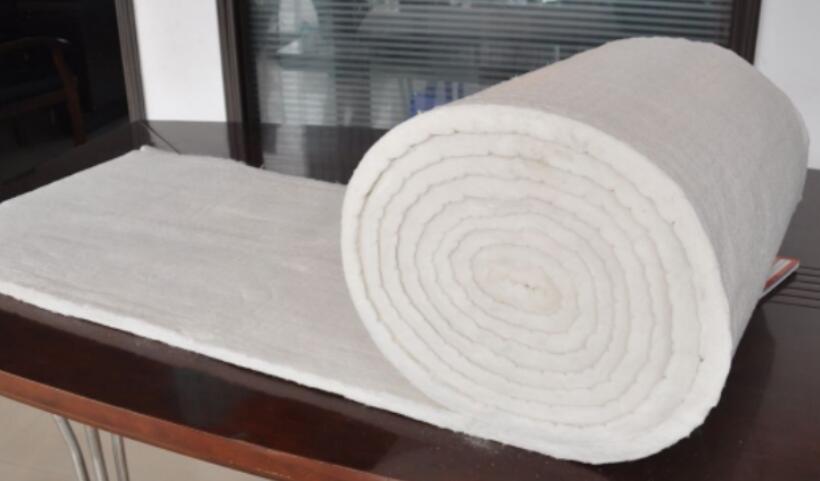Heat-Treated Refractory Fibers Characteristics And Classification
1. Characteristics of refractory fibers
Refractory fiber, also known as ceramic fiber, can be processed into products in the shape of blanket, felt, thread, cotton, rope, belt, board, etc. Refractory fibers have the following characteristics:
(1) High temperature resistance: The long-term use temperature of ordinary aluminum silicate refractory fibers can reach 1000 °C, and the long-term use temperature of alumina and zirconia fibers can reach 1400 °C. The maximum use temperature of general glass wool, slag wool, asbestos, etc. Only 580–830℃.
(2) Low thermal conductivity: The thermal conductivity of refractory fibers at high temperature is very low, only 20% of clay refractory bricks at 1000 °C, and 38% of lightweight bricks. The thickness can be reduced by about half.
(3) Low density: The density of refractory fibers is small and light in weight, which is only 1/10–1/20 of ordinary refractory materials, and 1/5–1/10 of ordinary thermal insulation materials.
(4) Less heat storage: The heat storage of the furnace wall made of refractory fiber is only about 1/4 of the general furnace, so the heating time of the furnace body is short.
(5) Good thermal shock resistance: Because the refractory fiber is soft and elastic, it has excellent resistance to rapid cooling and rapid heating, and has strong thermal shock resistance.
(6) Good insulation performance: good sound insulation effect, can be used as high temperature insulation material and noise reduction material.
(7) Good chemical stability: It will not be corroded by general acid and alkali in heat treatment equipment.
(8) Poor pressure resistance: It cannot be used for laying the bottom of the furnace, and the scouring ability of high-speed airflow is poor.

2. Types of refractory fibers
2.1 Aluminum Silicate Fiber
AlSiO3 is produced from light clay clinker, which is melted by resistance or electric arc furnace, and produced by blowing into fiber. Aluminum silicate fiber, also known as ceramic fiber, is a new type of lightweight refractory material, which has the advantages of light bulk density, high temperature resistance, good thermal stability, small heat capacity, good resistance to mechanical vibration, small thermal expansion, and good thermal insulation , After special processing, it can be made into aluminum silicate fiber board, aluminum silicate fiber felt, aluminum silicate fiber rope, aluminum silicate fiber blanket and other products. The new sealing material has the characteristics of high temperature resistance, low thermal conductivity, light bulk density, long service life, high tensile strength, good elasticity and non-toxicity. insulation on the top.
2.2 High alumina refractory fiber
High-alumina refractory fiber is based on general aluminum silicate raw material, adding Al2SiO3 to form alumina component, which is melted and blown into ultra-fine fiber by electric furnace. The refractoriness is improved, and it is still amorphous fiber.
2.3 Zirconium-containing refractory fibers
This product is a fiber made of aluminum silicate raw material by adding ZrO2, and it is still an amorphous fiber.
2.4 Polycrystalline alumina fiber
This product is mainly mullite fiber with (Al2SiO3) about 70%, alumina fiber and zirconia fiber with w (Al2SiO3) about 95%. It is a microcrystalline structure. It is manufactured by colloid method and precursor method. The temperature is as high as 1600 ℃, which belongs to the high temperature furnace.
When selecting refractory fibers for heat treatment electric furnaces and gas furnaces, the operating temperature and maximum temperature of the furnace should be considered. Choose suitable refractory fibers according to different use temperatures.
Ferritic Gas Carbonitriding Process Analysis Of Common Problems In Carburizing And Nitriding Silicon Steel Sheet Drying Furnace

Contact us
Your email address will not be published. Required fields are marked *